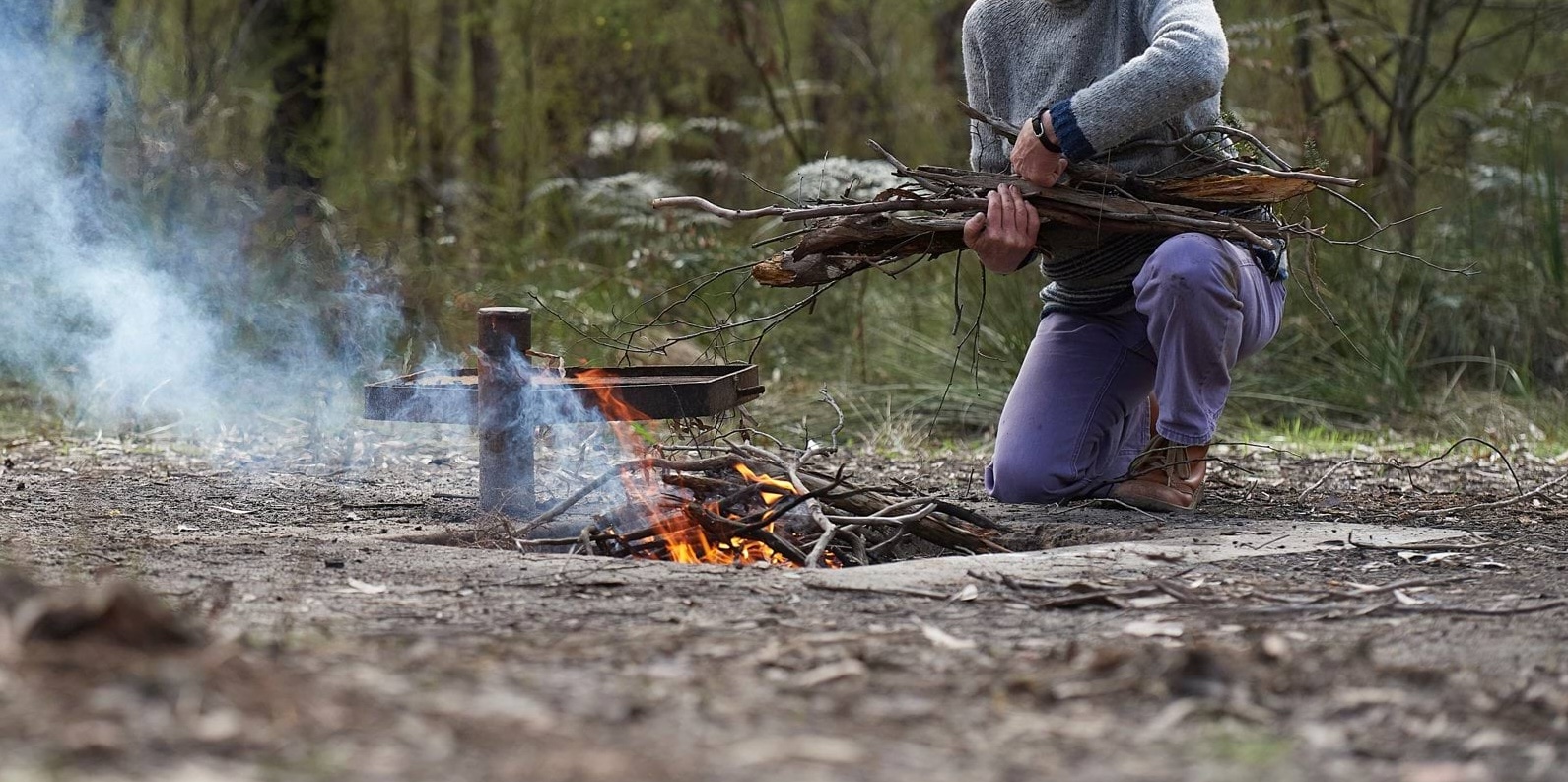

Reducing boat strikes with marine megafauna
The Ningaloo Region is world famous for its wildlife and marine megafauna (large sea creatures like manta rays, whale sharks, humpback whales, dugong, dolphins, and turtles). Tourist boats seeking to find these sea animals are increasingly colliding with them (known as boat strikes), which can not only injure and disturb marine megafauna, it can also impact their survival.
The Ningaloo Region in Western Australia is a major drawcard for tourists seeking to get close to nature, especially the abundant marine sea life. While the thriving local tourist industry depends on this wildlife, there have been an increasing number of incidents of boat strikes, which can cause deep lacerations, internal injuries or even fatalities for these creatures.
The Great Barrier Reef Foundation's Resilient Reefs Initiative funded Ningaloo Marine Interactions to engage BehaviourWorks Australia to research how to reduce boat strikes with marine megafauna in the Ningaloo Region.
What did we do?
The research involved three components:
1. A literature review to identify factors that influence the occurrence of boat collisions, along with the different approaches for reducing recreational boats colliding with marine megafauna.
2. A practice review involving interviews with relevant practitioners to further explore approaches for reducing boat strikes with marine megafauna.
3. A behavioural identification workshop with relevant stakeholders.
What did we find?
The literature and practice reviews revealed four similar themes;
1. Factors influencing boat strikes included;
- boat operator characteristics (e.g. speed, experience, inattention, activities),
- boats characteristics (e.g. size, capabilities),
- megafauna characteristics (e.g. behaviour, capabilities, visibility, abundance) and
- environmental conditions (e.g. weather and water).
2. Strategies – and associated barriers – to reducing boat strikes included;
- influencing marine traffic (new routes, go-slow zones),
- on-water initiatives (regulating time spent on water, number of boats and people, slowing down and being vigilant, deterrent devices and phone apps), and
- on-land initiatives such as education and addressing tourism pressures.
3. Strategies to address issues of non-compliance included regulations and licensing, sanctions, visible enforcement and awareness raising.
4. A "potential interventions" category also emerged from the practice interviews, with interviewees describing what they personally would consider useful for reducing boat strikes with marine megafauna in the Ningaloo Reef area. These included awareness raising, go-slow zones, greater resourcing and staff and empowering local knowledge and a sense of stewardship.
What’s next?
A combination of interventions could be deployed such as legislation, compliance, enforcement, signage, education, and strategies to nurture a sense of stewardship. An entry fee may also be part of this solution, to help bring in funds and signal to visitors that this is a special and fragile place.
Read the report

Related projects

Have a project for us?
We'd love to help you unpack the problem. Get in touch.







